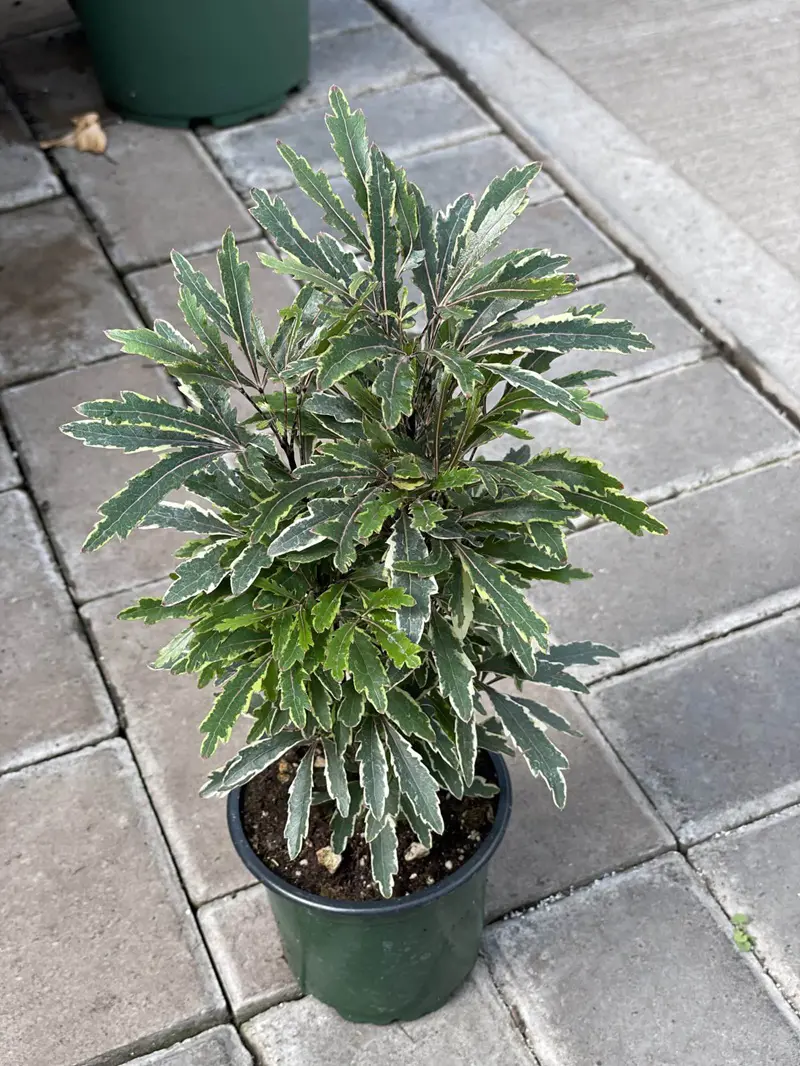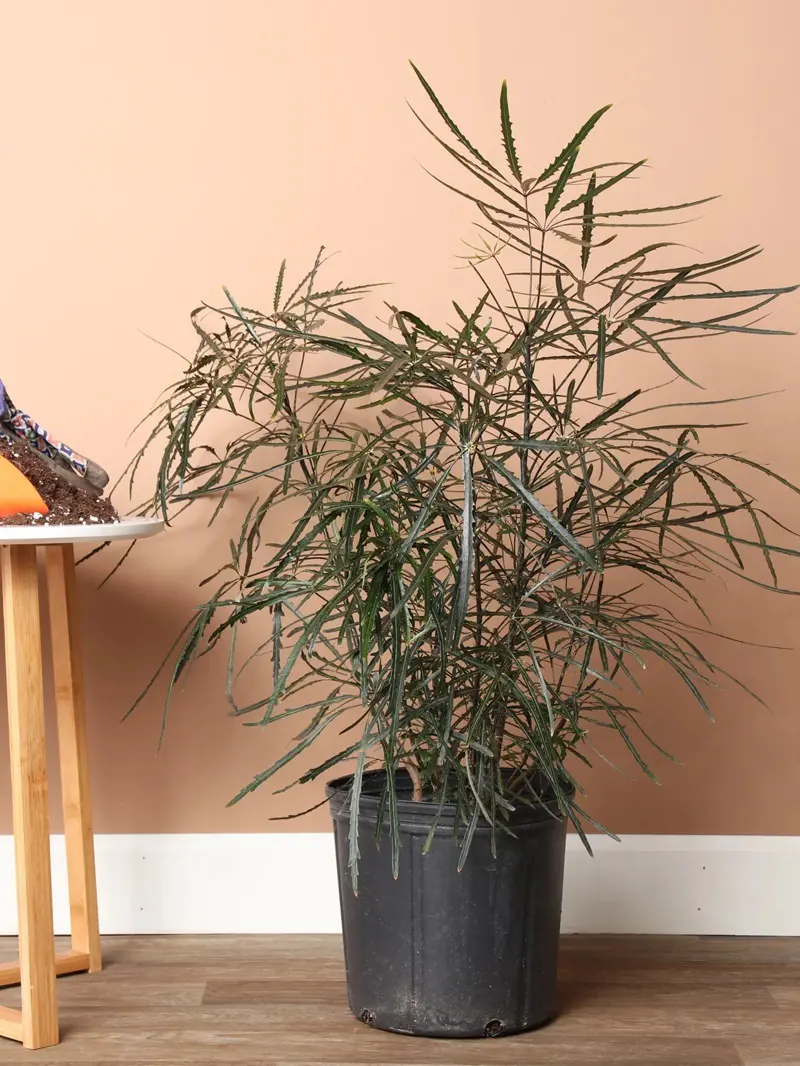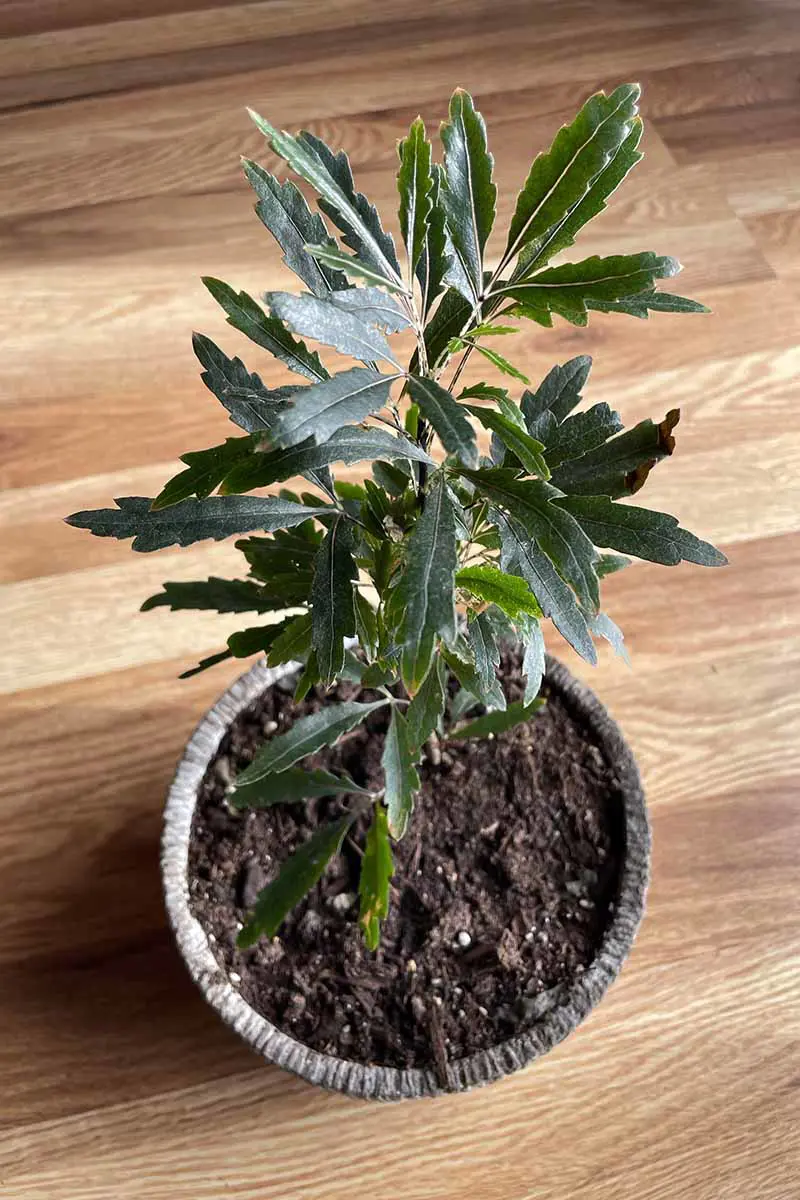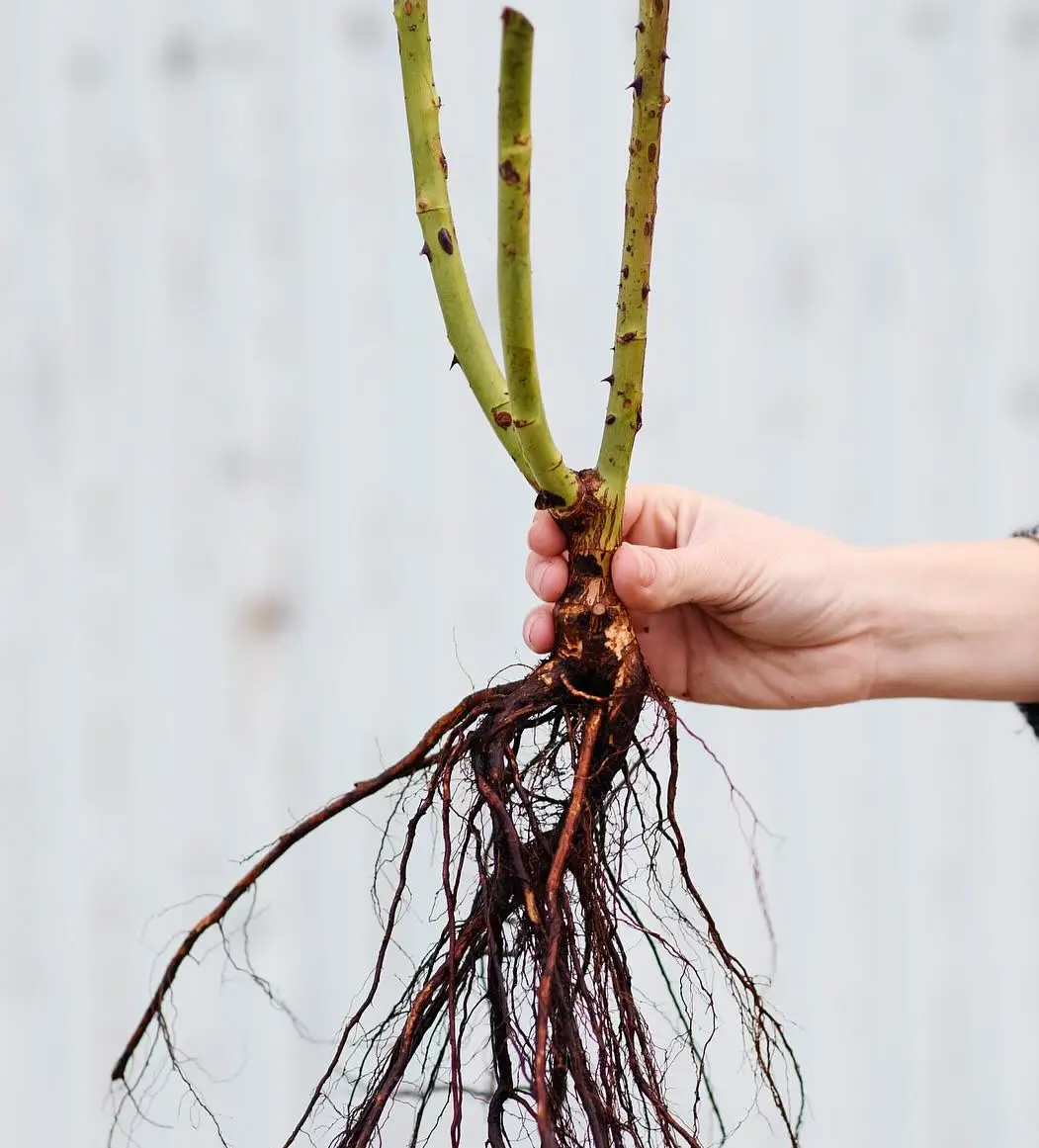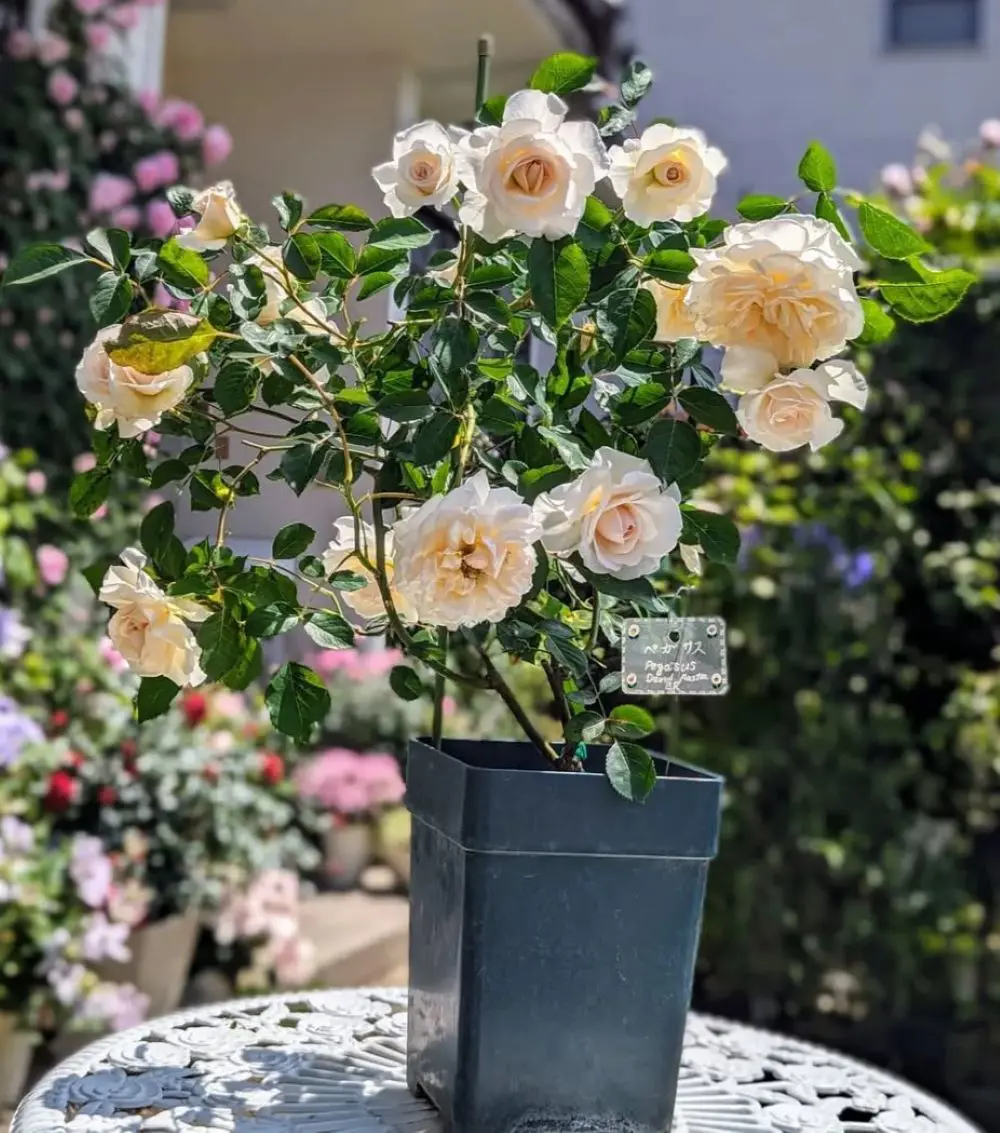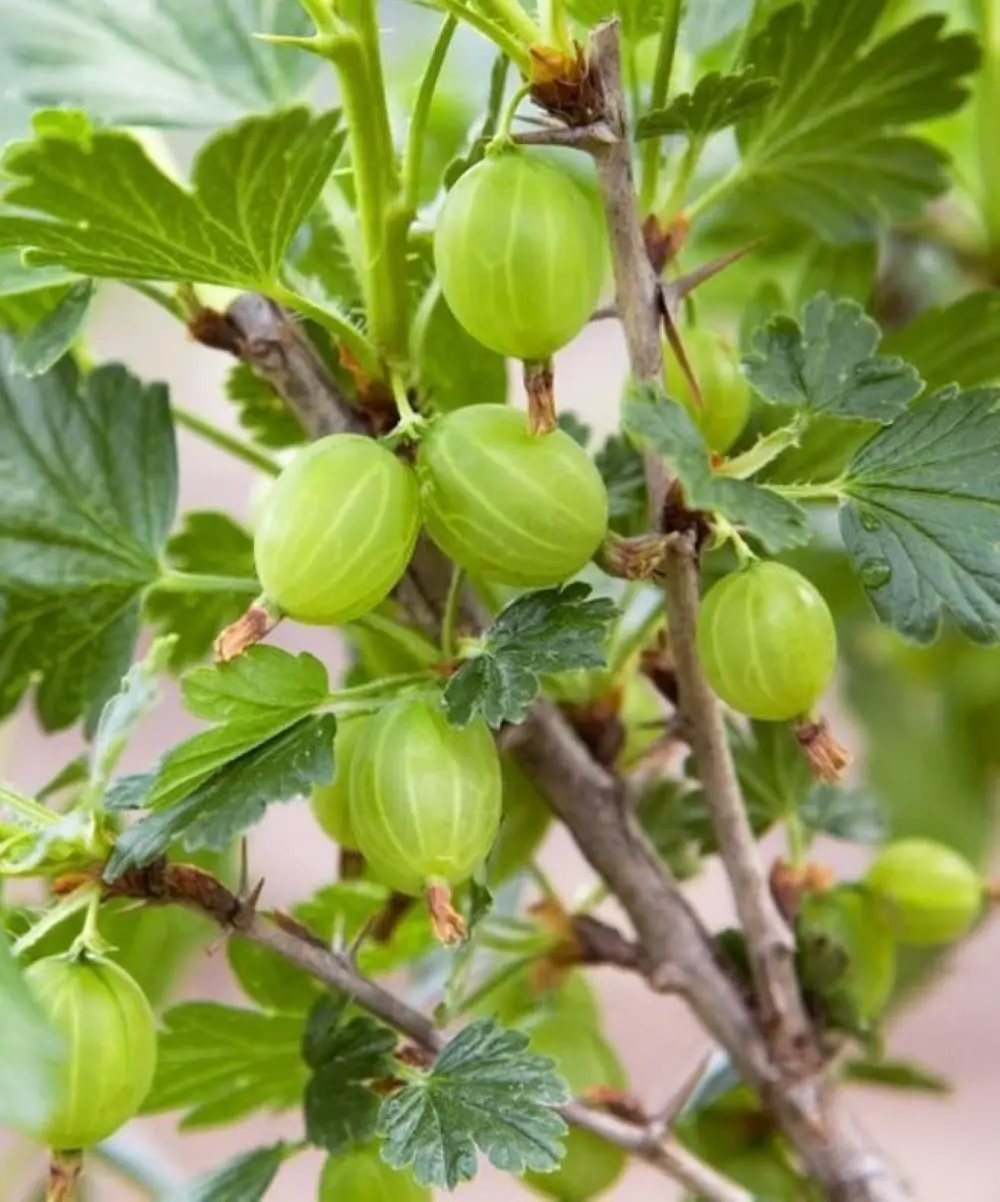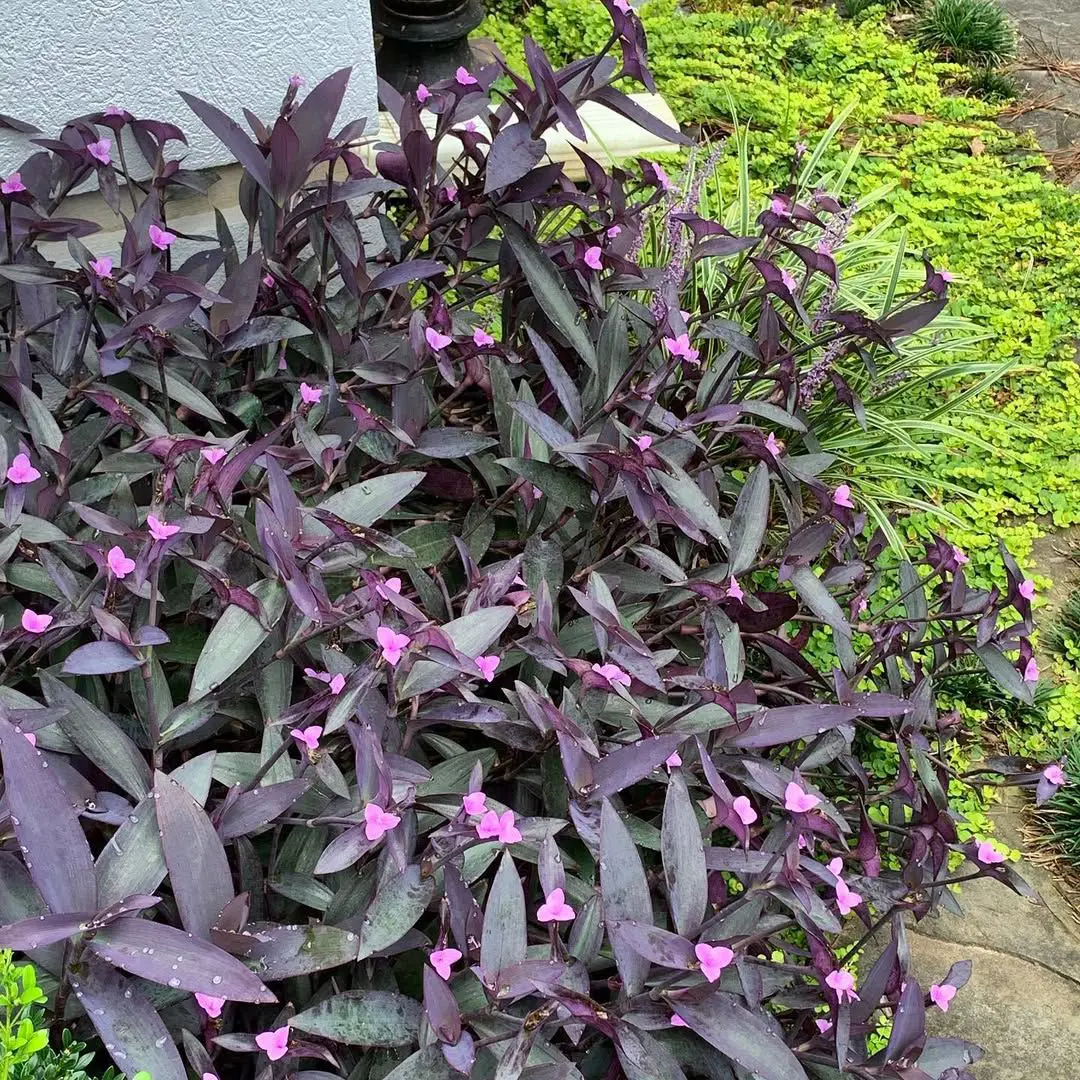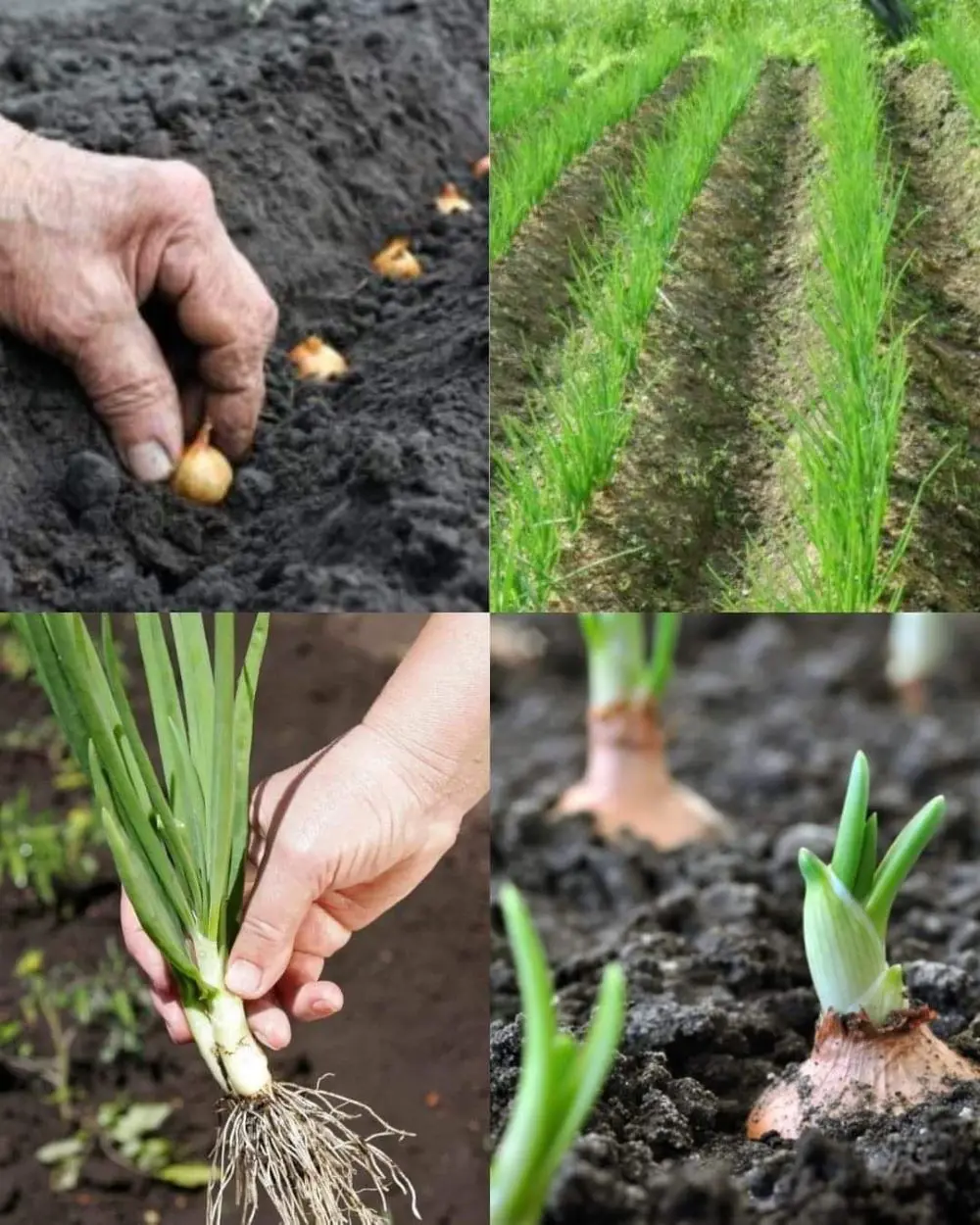When and Where to Plant Aralia?
Light
Aralia thrives in bright but indirect light. You might want to plant it in a spot that gets bright morning sunlight for a couple of hours, avoiding the direct scorching heat of the afternoon while rotating the plant periodically so that it gets light on every side for even growth.
The health and color of its leaves entirely depend upon the intensity of the light it receives so, keep in mind not to expose the plant to the harsh and direct rays of sunlight which can harm the tender foliage turning its color to ugly brown.
Soil
While planting the aralia, make sure to look out for moist soil with a proper drainage system having slightly acidic to neutral pH levels. It would be better to use a mix of partially decayed vegetable or organic matter, commonly known as peat mix, in the soil.
Choose fertile soil that has a high potential of retaining moisture while draining quickly. You would be required to consider a natural soil mechanism that avoids water logging and provides a thriving environment for the aralia.
Water
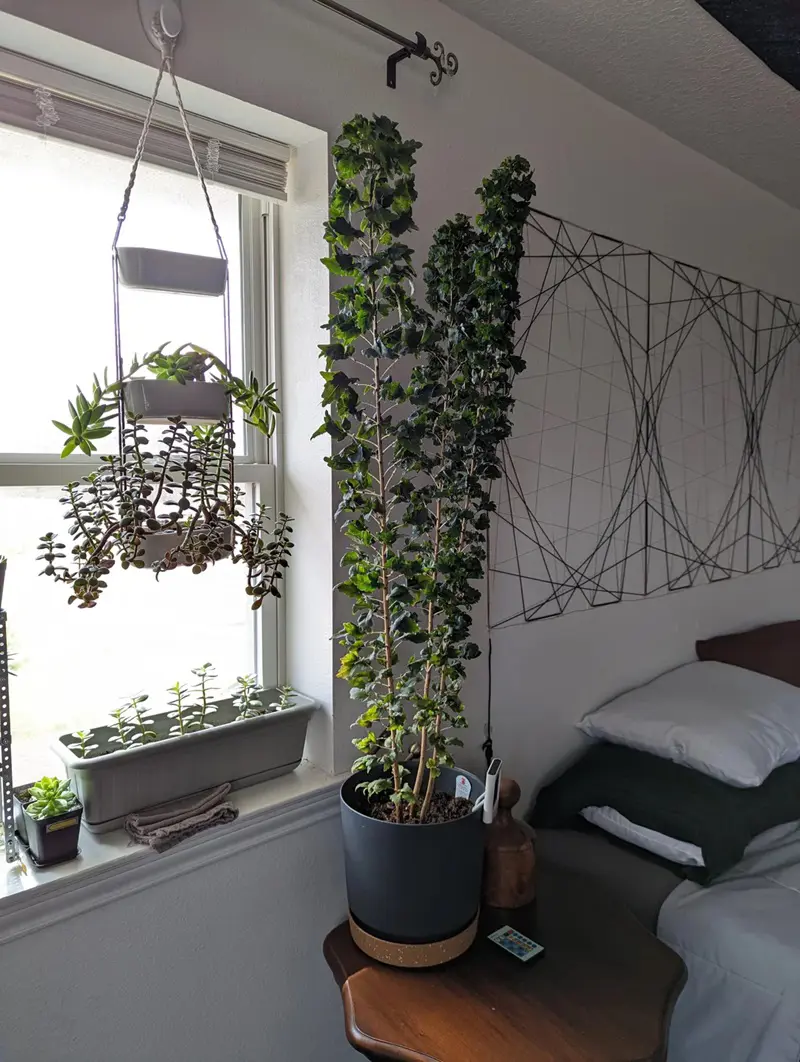
Water is very crucial to aralia. You would not want to grow them in dry and crispy soil so, sufficient watering is essential for the moist soil throughout their growing period. Keep in mind not to make your soil soft and wet, known as soggy, while growing aralia.
During the hot weather, you need to increase the frequency of watering while constantly checking your soil. It is suggested to use the rule of thumb for inspecting your soil dryness where the top 1-2 inches of soil remaining dry is ideal for the next watering.
Temperature and humidity
Another essential requirement of aralia is temperature and humidity. The ideal temperature for the aralia to grow vigorously has been found between 65 and 85 degrees Fahrenheit avoiding cold weather for prolonged periods.
Although it can tolerate the low temperature of about 45 degrees Fahrenheit, temperatures below 60 degrees have been found very unfavorable for them to survive and grow resulting in the leaves dropping off and killing the plant eventually.
Similar to this, aralia favors humid weather with a humidity level of at least 50%. Make sure to offer these favorable conditions in your indoor spaces or outdoors for aralia to be true to itself.
